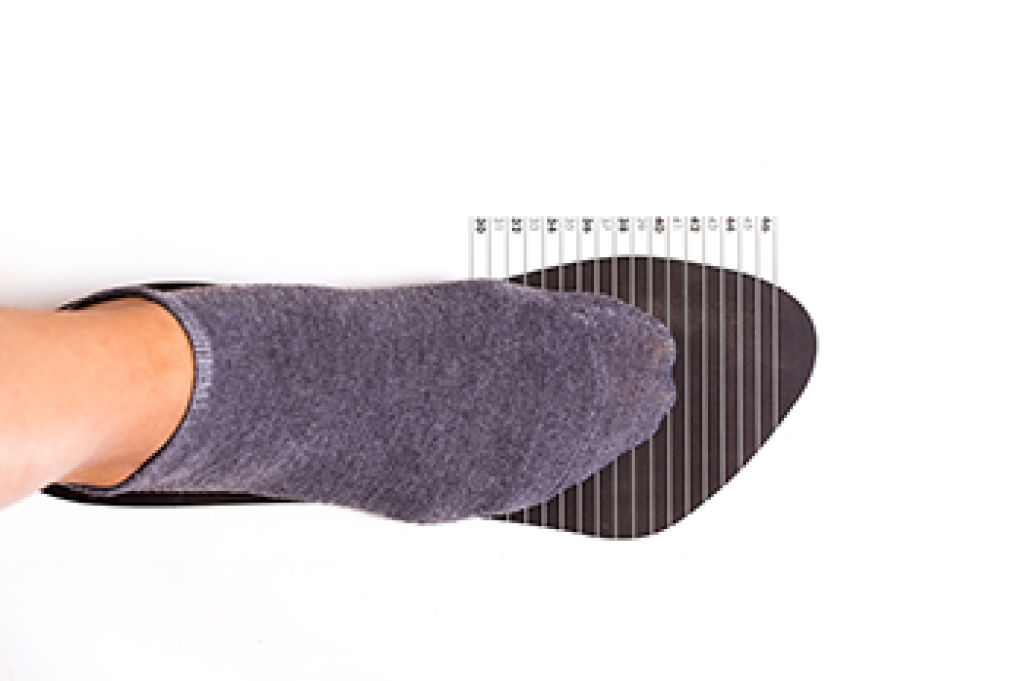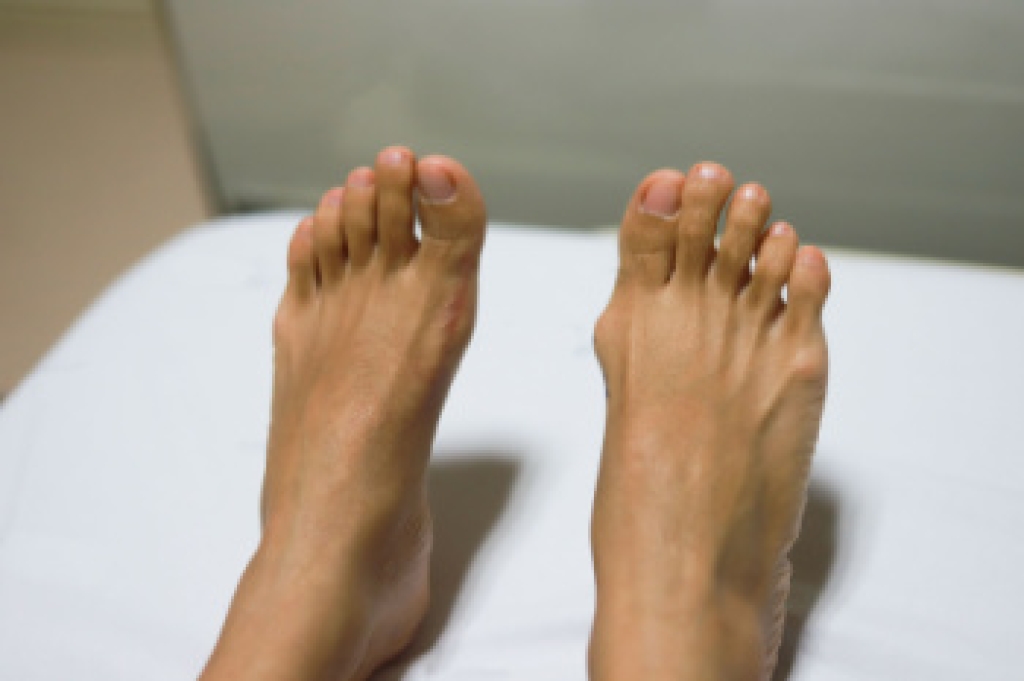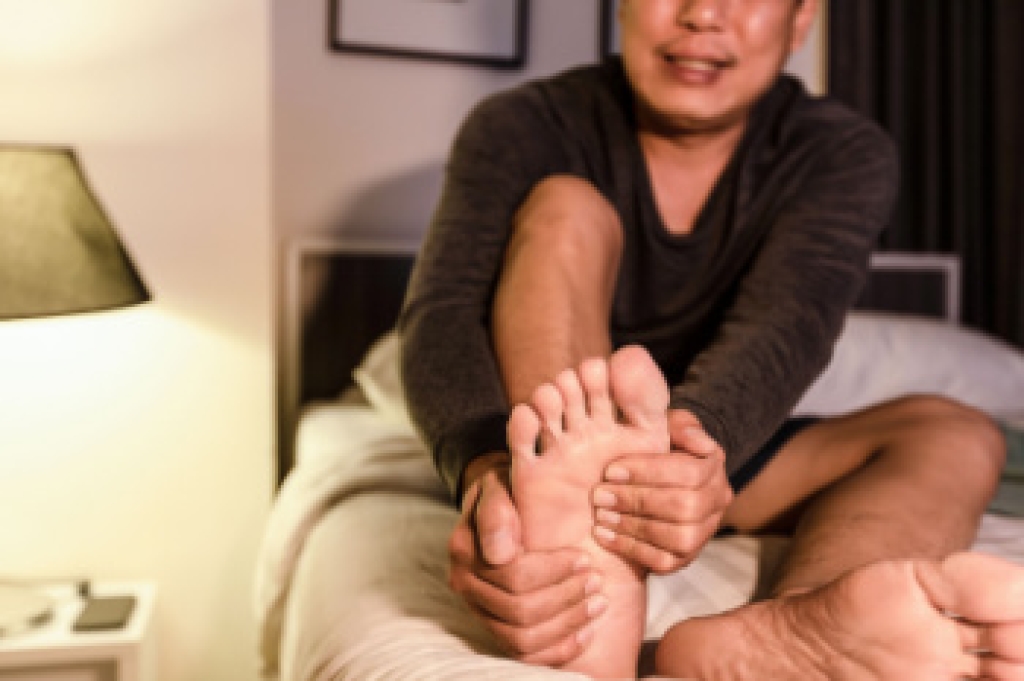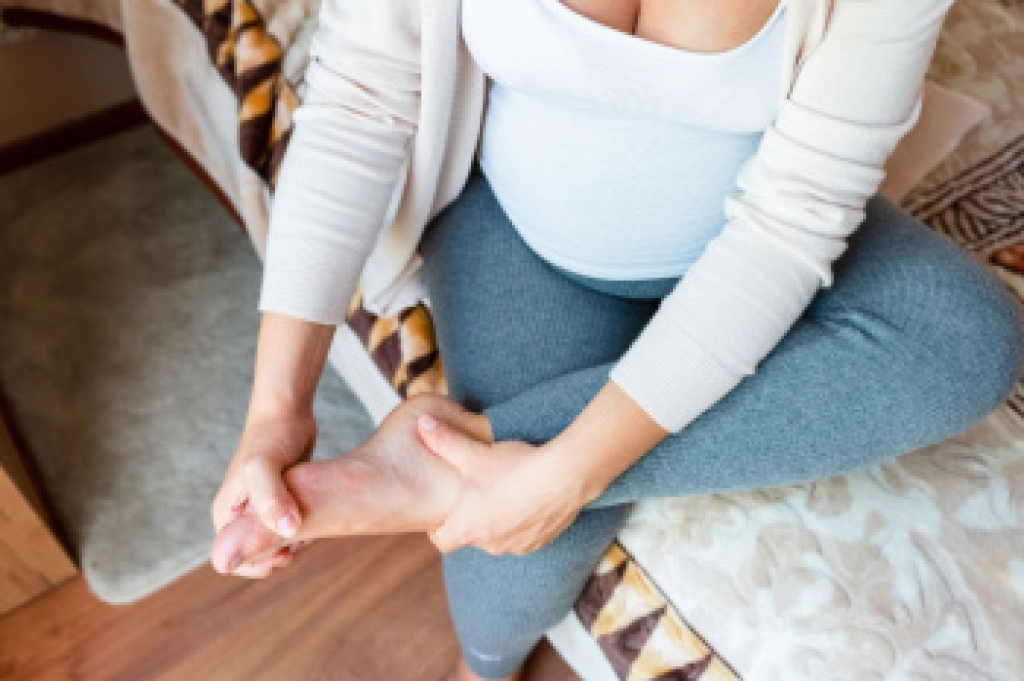
Knowing your correct shoe size is important for foot comfort and health. To measure at home, place your foot on a piece of paper, mark the tip of the longest toe and the end of the heel, then measure the length. For width, measure across the widest part of your foot. Wearing shoes that are too tight or too loose can lead to blisters, bunions, hammertoes, and arch pain. A podiatrist can evaluate your foot shape, identify pressure points, and recommend proper footwear. If you have developed foot pain from wearing the wrong shoe size, it is suggested that you consult a podiatrist who can help guide you toward the right fit and prevent future foot problems.
Getting the right shoe size is an important part of proper foot health. Seek the assistance of one of our podiatrists from Community Foot Specialists. Our doctors will provide the care you need to keep you pain-free and on your feet.
Getting the Right Shoe Size
There are many people who wear shoes that are the incorrect size, negatively affecting their feet and posture. Selecting the right shoes is not a difficult process, so long as you keep several things in mind when it comes to choosing the right pair.
- When visiting the shoe store, use the tools available to measure your foot.
- Be sure there is ‘wiggle room’. There should be about an inch between your toes and the tip of your shoes.
- Do not always assume you are the same size, as manufacturers run differently.
- Purchase shoes later in the day, as your feet swell as the day progresses.
- If a shoe is not comfortable, it is not suitable. Most shoes can’t be ‘broken in’, and comfort should be the ultimate goal when it comes to choosing the right pair of shoes
As our feet hold our body weight and keep us moving, it is important to treat them right. Picking the right pair of shoes can provide your feet comfort and mobility without pain.
If you have any questions, please feel free to contact our offices located in Beavercreek, Dayton, and Vandalia, OH . We offer the newest diagnostic and treatment technologies for all your foot care needs.




